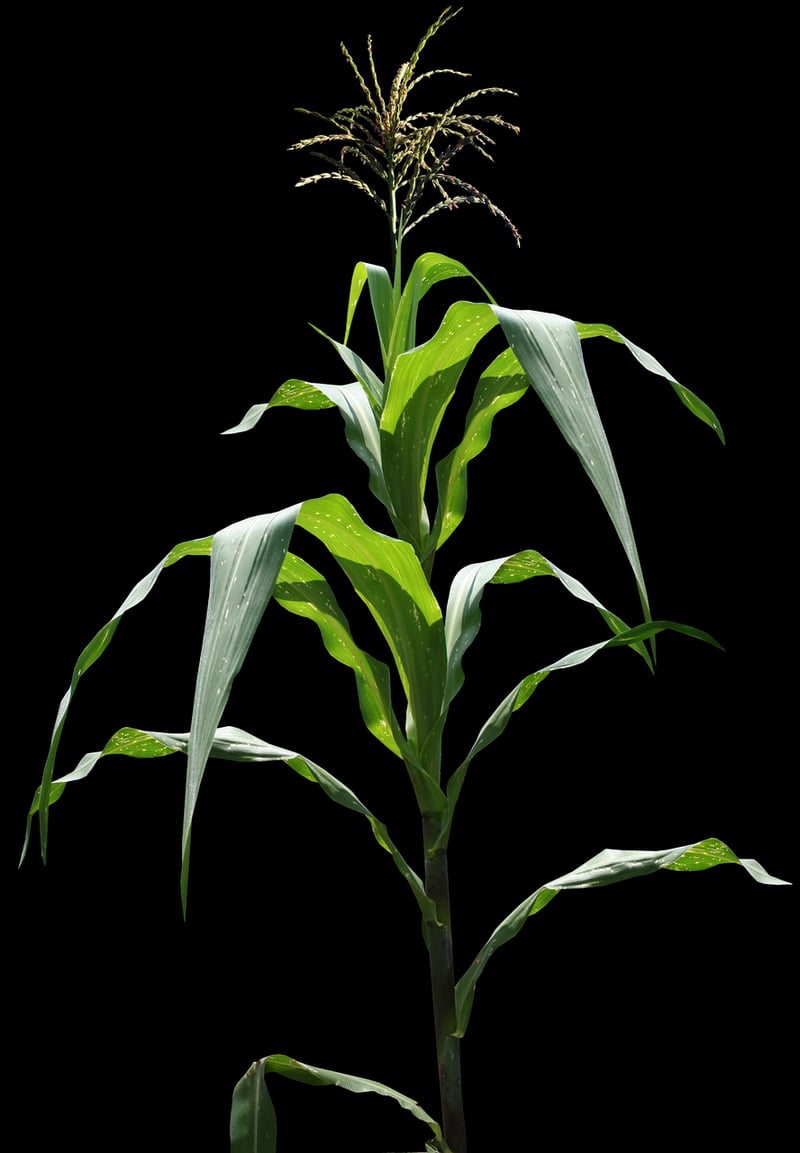Post-Harvest Handling
Optimizing Crop Yield and Quality + Post-Harvest Handling
Introduction
Maximizing crop yield and maintaining quality are essential for farmers to ensure profitability and meet the demands of consumers. Additionally, proper post-harvest handling plays a crucial role in preserving the freshness and nutritional value of crops. In this article, we will explore some strategies to optimize crop yield and quality, as well as best practices for post-harvest handling.
Optimizing Crop Yield and Quality
1. Soil Health Management
Healthy soil is the foundation for high crop yields. Conduct soil tests regularly to assess nutrient levels and pH. Based on the results, fertilize the soil appropriately to provide crops with the necessary nutrients for optimal growth.
2. Irrigation Management
Proper irrigation is crucial for crop growth. Monitor soil moisture levels and adjust irrigation schedules according to the crop's water requirements. Over-irrigation can lead to waterlogging, while under-irrigation can result in crop stress.
3. Pest and Disease Management
Implement integrated pest management practices to control pests and diseases effectively. Use a combination of cultural, biological, and chemical control methods to minimize crop damage and yield loss.
Post-Harvest Handling
1. Harvesting Techniques
Harvest crops at the right stage of maturity to ensure optimal quality and shelf life. Use proper harvesting tools to minimize damage to the crops during harvest.
2. Storage and Transportation
Store harvested crops in suitable conditions to maintain freshness and prevent spoilage. Proper ventilation, temperature control, and humidity levels are essential for preserving the quality of crops during storage and transportation.
3. Packaging and Marketing
Choose appropriate packaging materials that protect crops from physical damage and exposure to light and air. Proper labeling and branding are crucial for marketing crops effectively to consumers.
Conclusion
By implementing strategies to optimize crop yield and quality, as well as following best practices for post-harvest handling, farmers can ensure that their crops meet market demands and fetch premium prices. Prioritizing soil health, irrigation management, pest and disease control, harvesting techniques, storage, transportation, packaging, and marketing are key steps in achieving success in agriculture.

For more information on crop management and post-harvest handling, visit www.agriculture.com.
